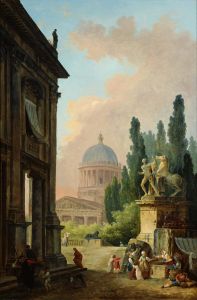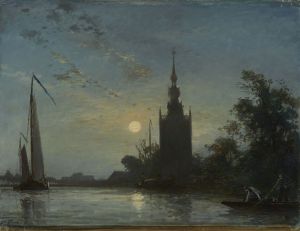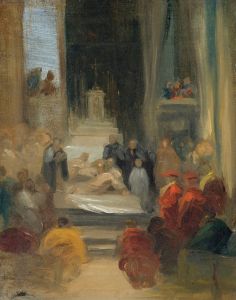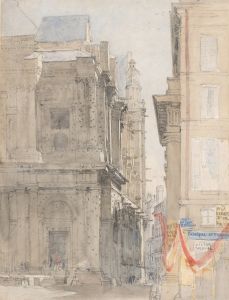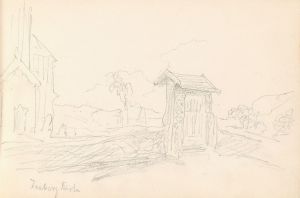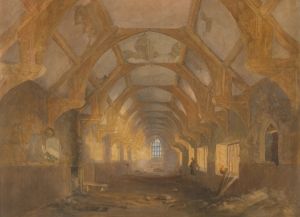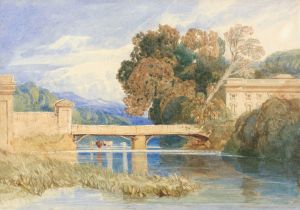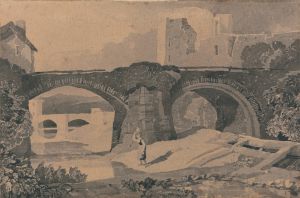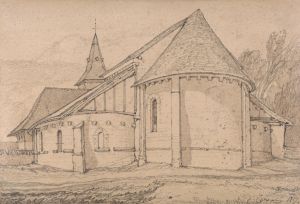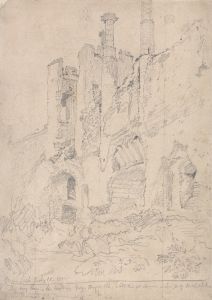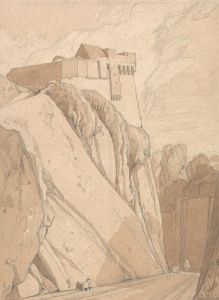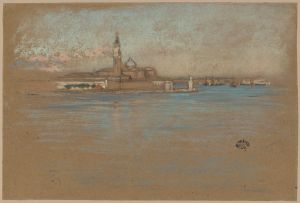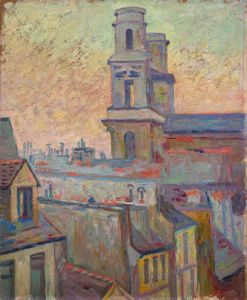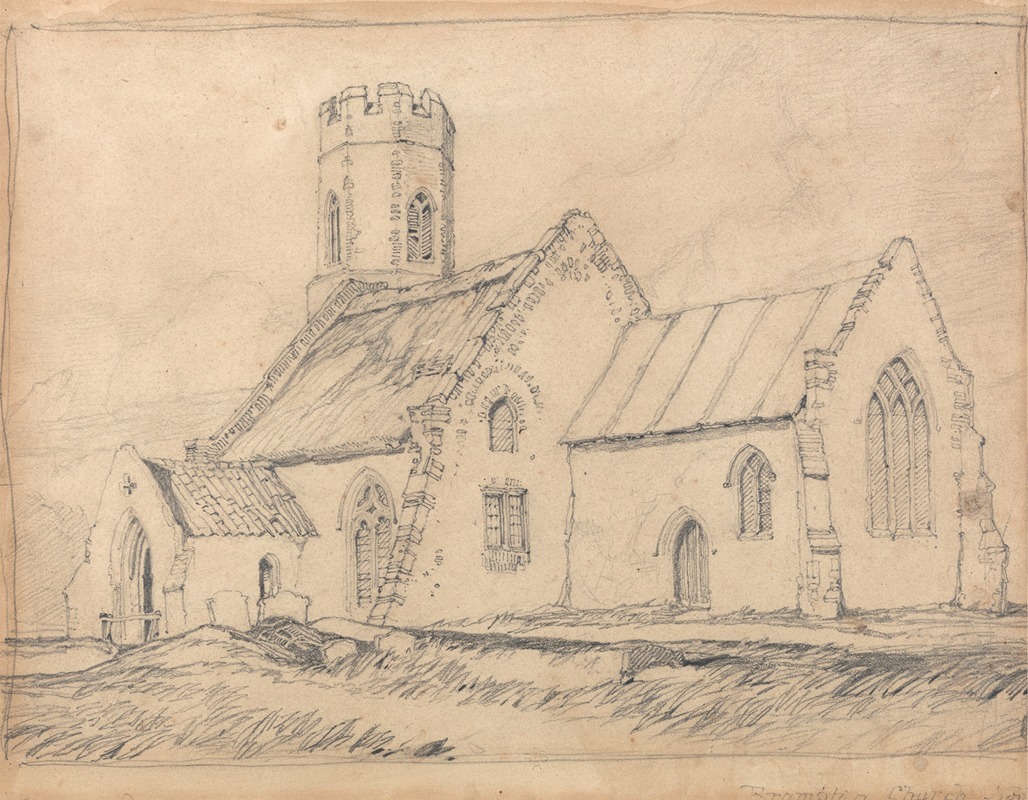
Brampton Church, Norfolk, from the South-East
A hand-painted replica of John Sell Cotman’s masterpiece Brampton Church, Norfolk, from the South-East, meticulously crafted by professional artists to capture the true essence of the original. Each piece is created with museum-quality canvas and rare mineral pigments, carefully painted by experienced artists with delicate brushstrokes and rich, layered colors to perfectly recreate the texture of the original artwork. Unlike machine-printed reproductions, this hand-painted version brings the painting to life, infused with the artist’s emotions and skill in every stroke. Whether for personal collection or home decoration, it instantly elevates the artistic atmosphere of any space.
John Sell Cotman’s painting Brampton Church, Norfolk, from the South-East is a work by the renowned English artist and leading figure of the Norwich School of painters. Cotman, known for his mastery in watercolors and architectural subjects, created this piece as part of his extensive exploration of Norfolk’s historic buildings and landscapes. The painting depicts the Church of St. Peter in Brampton, a small village in Norfolk, England.
The Church of St. Peter is a medieval structure with origins dating back to the 14th century. It is notable for its round tower, a characteristic feature of many churches in Norfolk and Suffolk. Round-tower churches are relatively rare in England and are often associated with the Anglo-Saxon and Norman periods. Cotman’s depiction captures the church from the southeast, emphasizing its architectural details and the surrounding rural setting. His use of light and shadow, combined with precise line work, reflects his skill in portraying the textures and forms of historic buildings.
Cotman was deeply influenced by the picturesque movement, which celebrated the aesthetic qualities of rural and historic scenes. His works often focused on the interplay between architecture and nature, and this painting is no exception. The composition highlights the church’s integration into the landscape, with trees and vegetation framing the structure. This approach aligns with Cotman’s broader artistic interest in documenting England’s architectural heritage.
The painting is an example of Cotman’s ability to balance artistic expression with accurate representation. His attention to detail in the church’s stonework and proportions demonstrates his commitment to architectural accuracy, a hallmark of his work. At the same time, his use of soft tones and atmospheric effects conveys a sense of tranquility and timelessness.
John Sell Cotman (1782–1842) was a prominent member of the Norwich School, a group of artists based in Norwich, Norfolk, who were active during the late 18th and early 19th centuries. The group is recognized for its contributions to landscape and watercolor painting, with a focus on the natural and built environment of East Anglia. Cotman’s work, including Brampton Church, Norfolk, from the South-East, remains an important part of the Norwich School’s legacy and a valuable record of England’s architectural history.
The painting is currently held in the collection of the Tate Gallery in London, where it is appreciated as an example of Cotman’s skill and his dedication to capturing the character of England’s historic sites.





